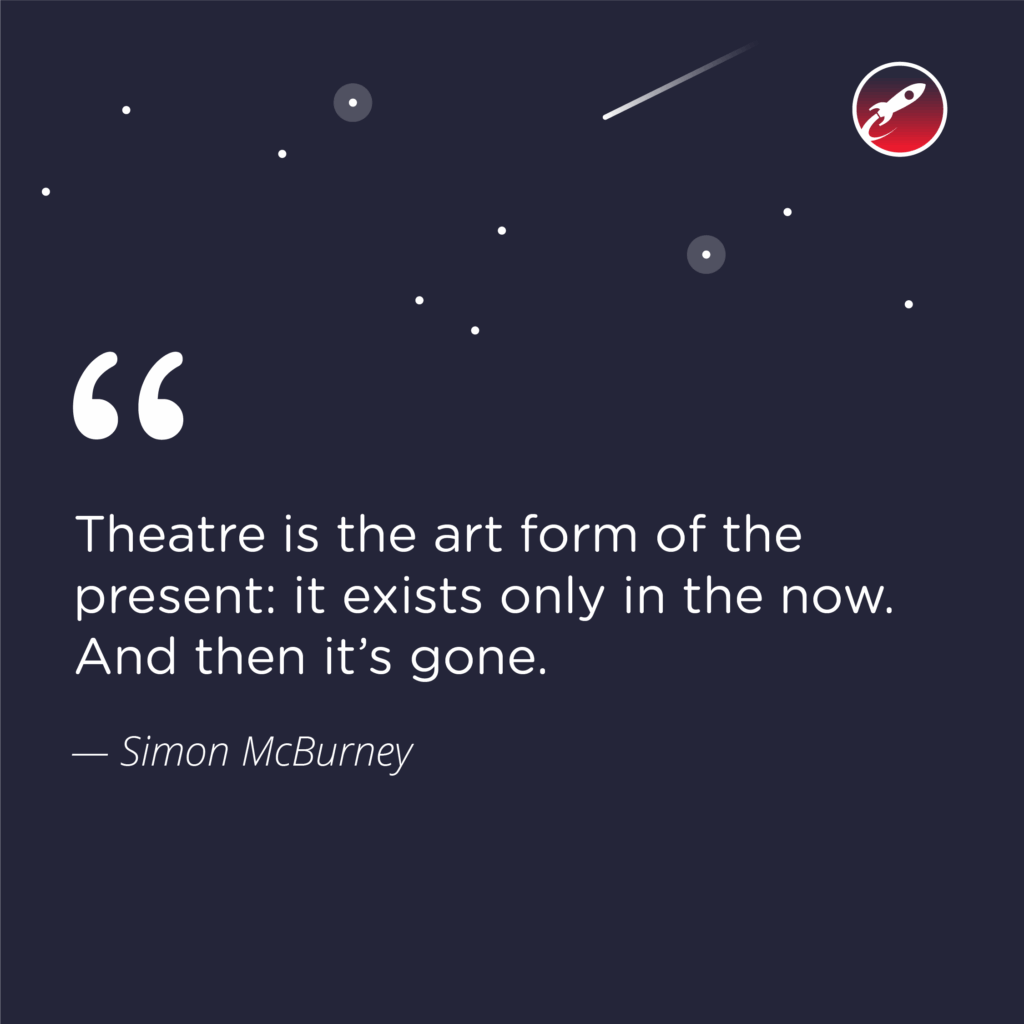Rapid Reactions is a recurring series from Orbit Studios, offering unfiltered, real-time creative takes on the latest marketing and design campaigns in the wild. Consider it a pop-up critique booth from a team who’s been in the trenches—and lived to art direct another day.
This one landed in my inbox courtesy of Kevin Weagle—my former creative director and the person who first brought me over to L’Atelier. Like me, he has a love/hate relationship with kerning, and he also knows a perfect headline when he writes one. “It Has To Be Kerned,” he joked, sending over a recent summer campaign post from Heinz (mimicking the go-to headline for Heinz ketchup for the past few years: It Has To Be Heinz). The second I opened the link, I knew I’d have to write something.
Because woof.
The new campaign visuals (executed by SALT / The Kitchen) feature the usual Heinz cues: the iconic keystone shape, the unmistakable ketchup red, and some bold, beautiful food photography. But this time, the only thing unmistakable is the typography. Or rather, the lack of care taken with it.

Let’s start with the headline crime scene. The phrase “The Unmistakable Taste of Summer” is stretched across one key visual like a ransom note, with enough uneven spacing between the T and A in both “unmistakable” and “taste” to drive a delivery truck through. (Honourable mention to A-B-L). Typography 101. And yet… here we are, looking at final campaign creative that’s been posted publicly by the photographer/director, proudly tagging the entire SALT and Kitchen creative bench. Imagine that. A full team of agency ECDs, CDs, and brand stakeholders—none of whom flagged the most basic type alignment issues before this went live.
Worse still? The Photoshop work. One image features a hand clutching a burger emerging from the keystone shape, and the cutout on the left side of the hand looks like it was done with the Polygonal Lasso Tool in 1993. Jagged edges, awkward masking—it’s the kind of work that wouldn’t even pass in a first-round concept deck, let alone show up in a paid campaign meant to evoke appetite appeal and brand polish.
This all hits a little closer to home because from 2021 to 2023, I worked with the incredible team at L’Atelier, the design-obsessed in-house agency that handled Kraft Heinz’s shopper marketing and foodservice campaigns. We lived in the trenches—trying to elevate underfed briefs, pushing back when above-the-line concepts were wrongly ported into retail spaces, and fighting for messaging that did more than just… exist.
Back then, KH was a notoriously difficult client. Feedback was endless, strategic guidance was often missing, and long hours were spent reworking slide decks for foodservice clients who, frankly, didn’t need all the agency bells and whistles. We were told, repeatedly, to simply “lift and adapt” above-the-line brand work for the in-store environment—a request any experienced shopper marketing pro knows is both ineffective and irresponsible. (Because—say it with me—what works for awareness does not automatically work for purchase.)
So imagine my disbelief when I saw this: sloppy kerning, phoned-in visual composition, no consumer message beyond “Hey, it’s summer,” and nothing resembling a shopper CTA or ‘reason to believe’ in the product. It’s all brand equity, no brand soul.
KH has leaned hard into its signature red, its iconic keystone, and its heritage tagline: It Has to Be Heinz. But lately, it feels like that equity is being milked dry by creative that’s more style than substance. We used to push for work that actually converted—that had stopping power and shopper logic. If I had approved something like this, I’d have been rightly questioned by both clients and creatives.
And let’s be clear: this isn’t just about a lazy execution. It’s about the erosion of what makes a campaign work. It’s about the value of experienced art directors—people who know how to finesse kerning, spot bad masks, and push messaging beyond empty cleverness. This work would’ve been torn up in any professional internal review, and yet somehow, it made it through SALT, The Kitchen, and Kraft Heinz without so much as a red flag.
That’s not bold creative. That’s negligence dressed up in ketchup red.
At Orbit, we believe the small details matter—because the small details are what elevate creative from passable to powerful. A campaign lives or dies not just by the big idea, but by how well it’s executed—and whether it actually drives behavior. If your agency isn’t sweating the kerning, the masking, or the message… maybe it’s time to rethink who’s at the table.

